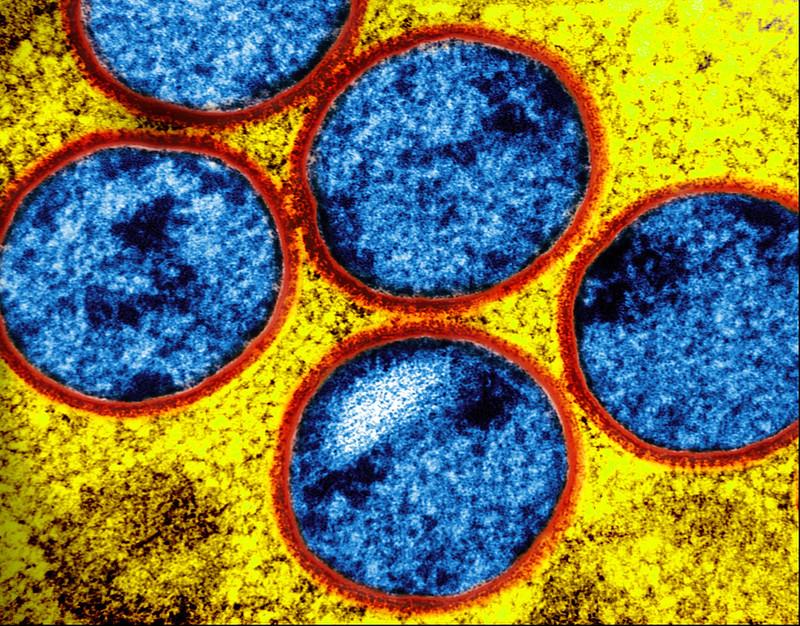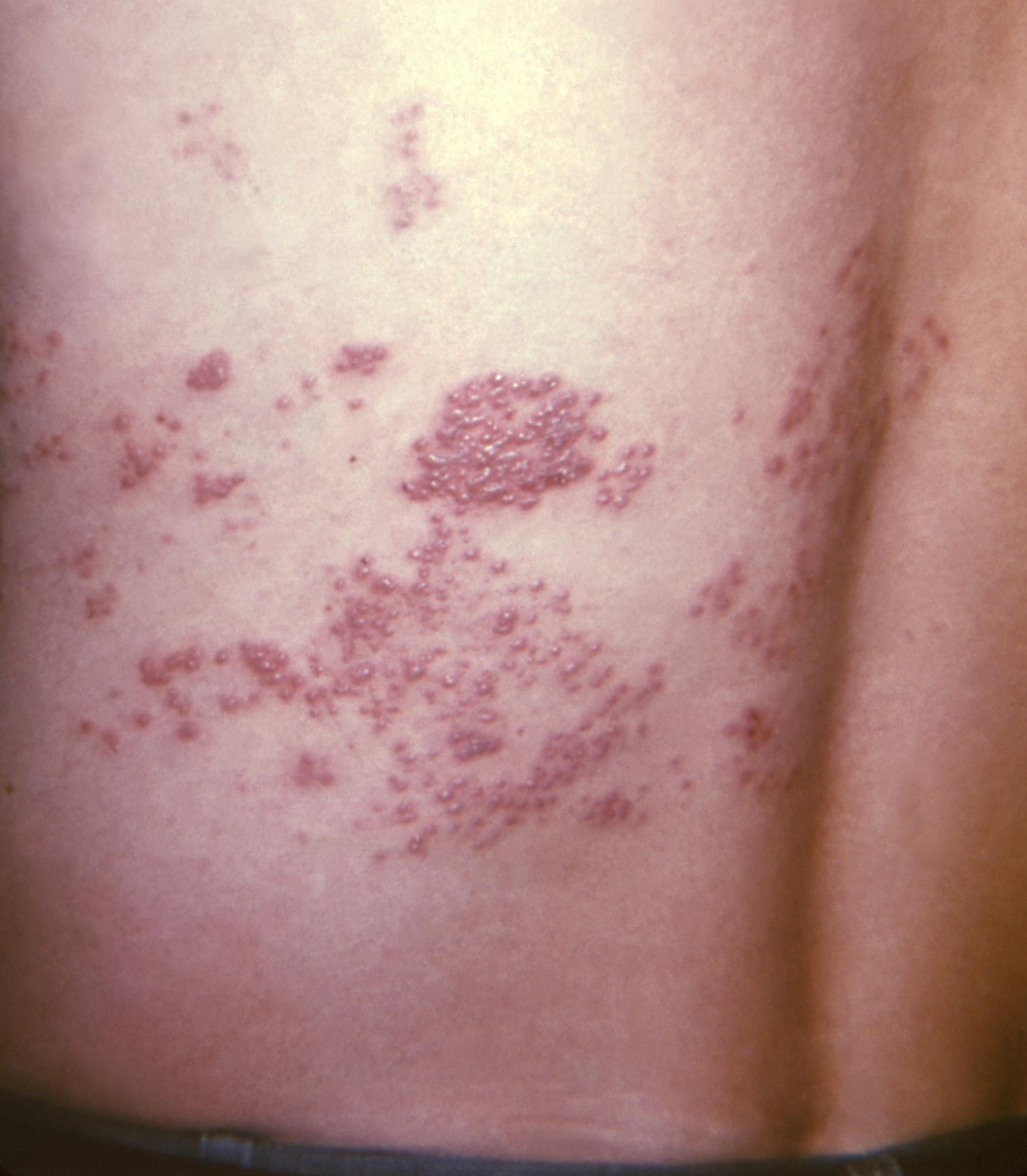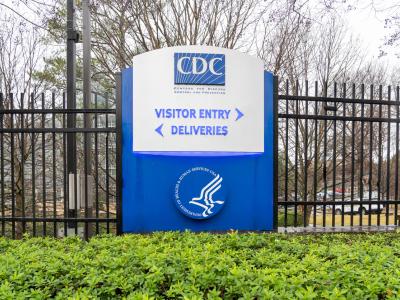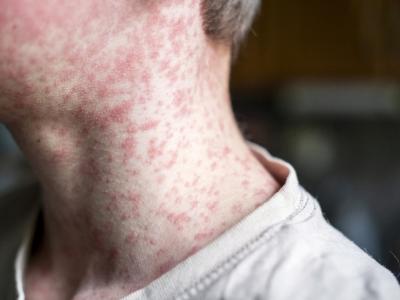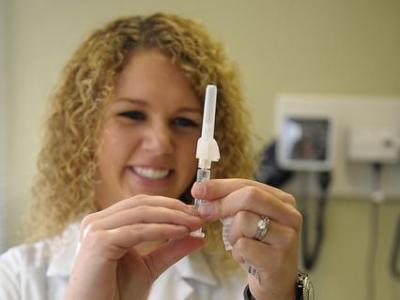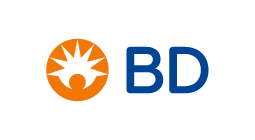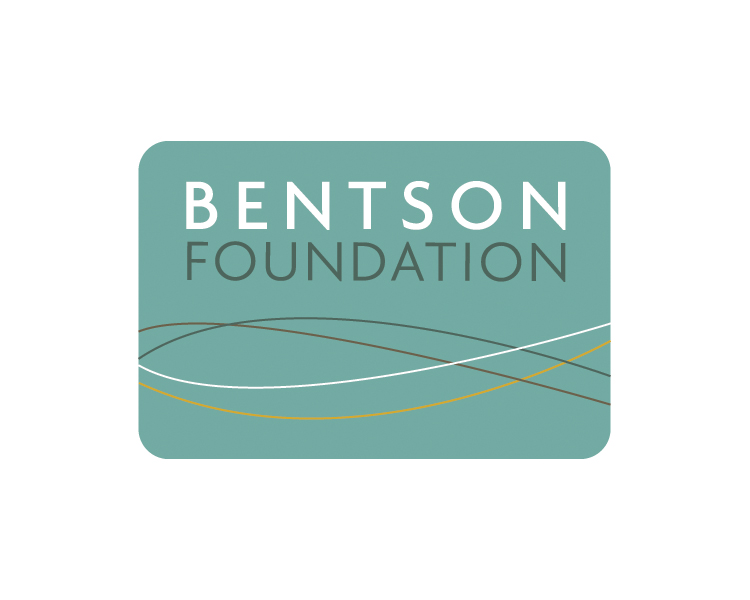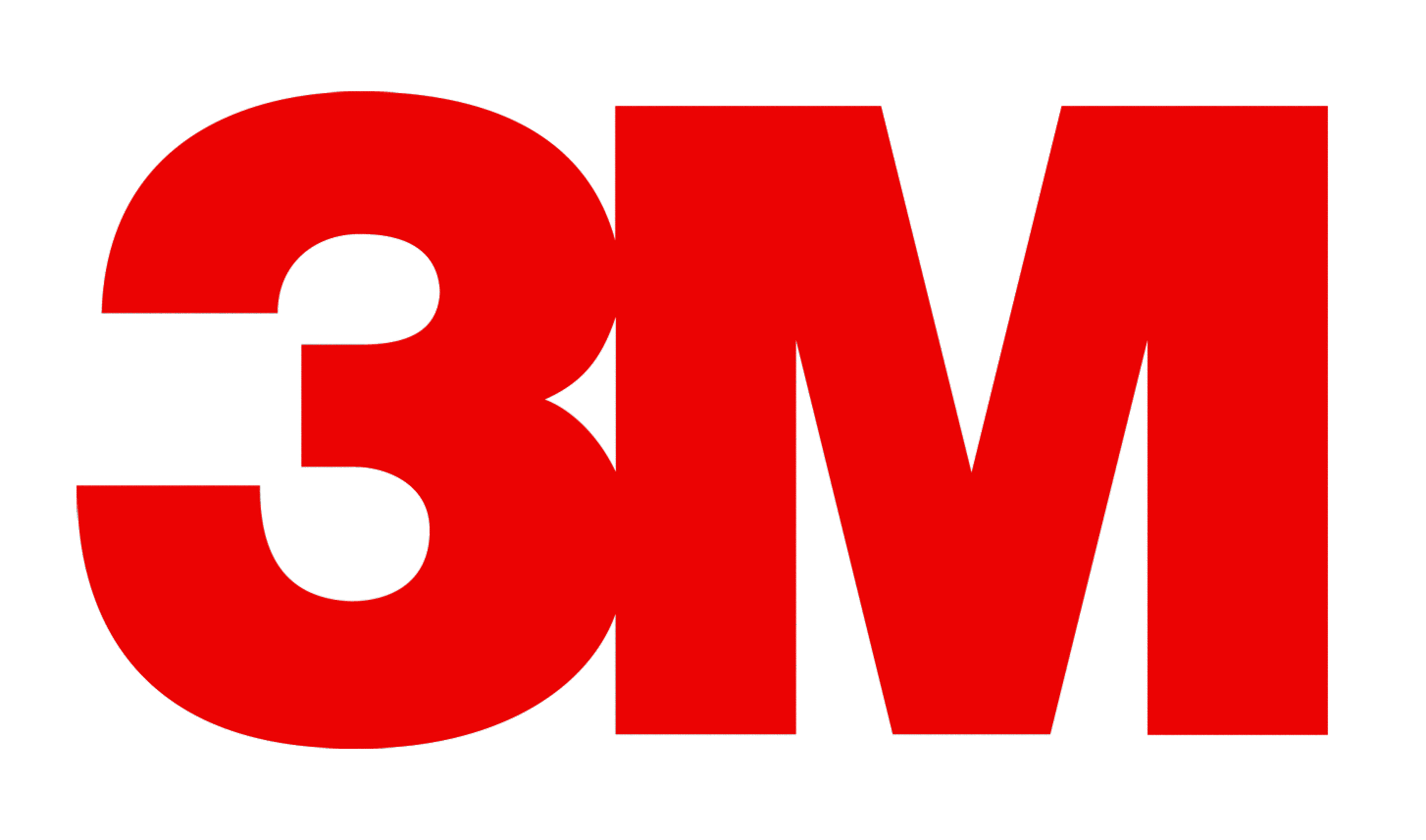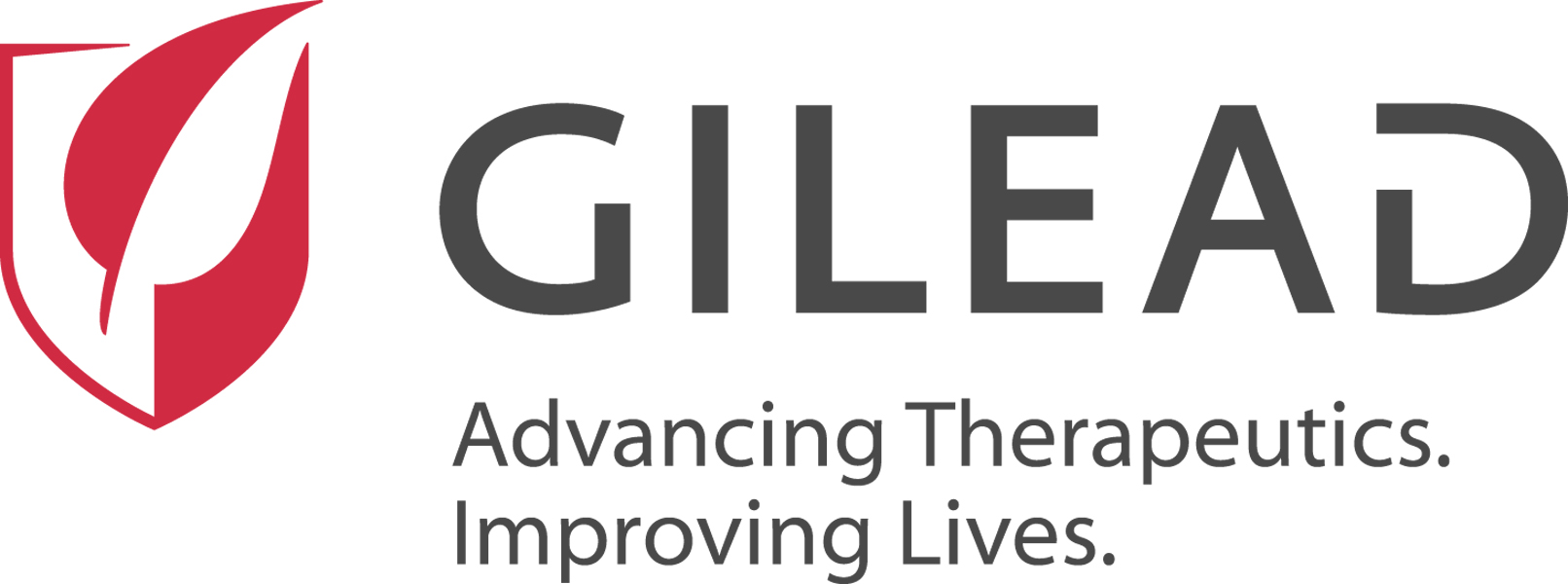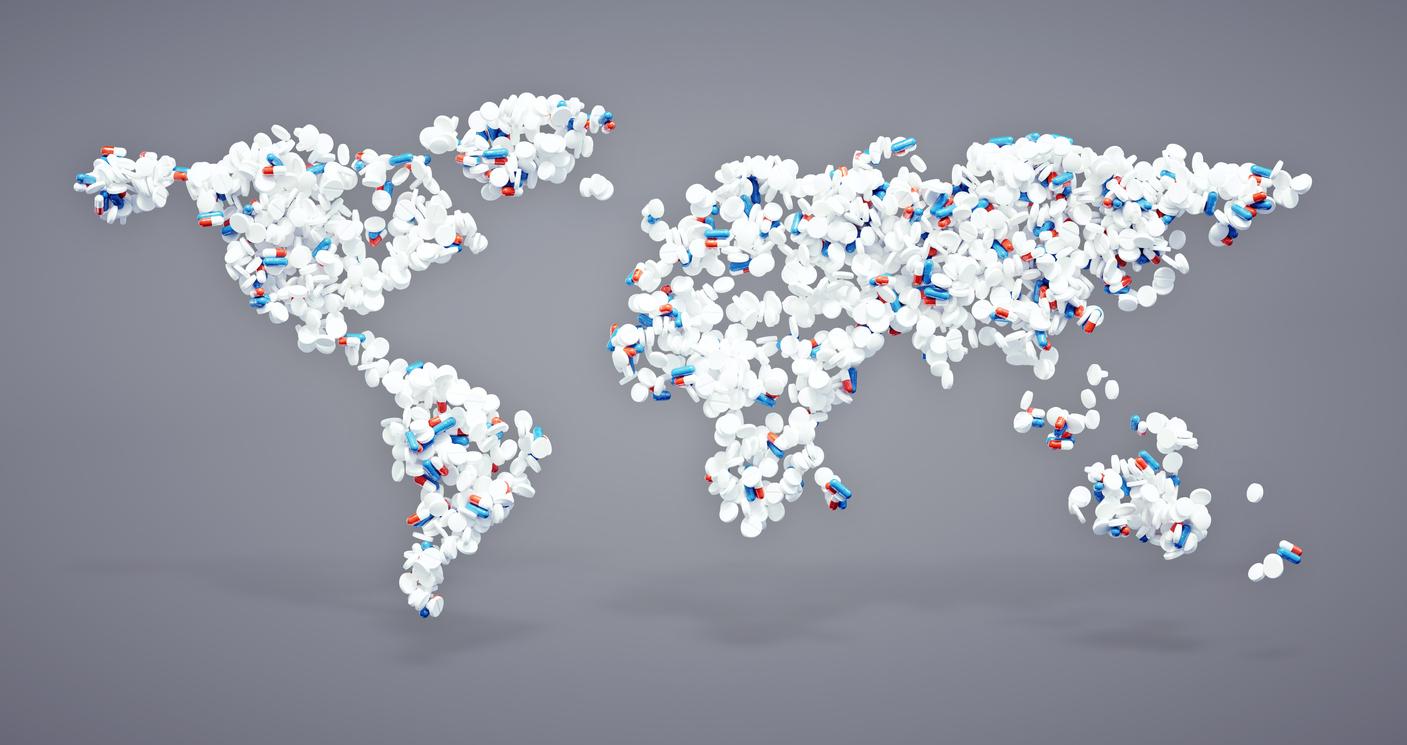
An analysis of antibiotic sales data shows substantial shifts in the global pattern of antibiotic consumption over the past decade, researchers reported last week in The Lancet Global Health.
Using the IQVIA MIDAS database, Chinese and US researchers analyzed changes in consumption patterns of World Health Organization (WHO) AWaRe (Access, Watch, and Reserve) and non-recommended antibiotics across 74 countries and regions from 2010 through 2021. The WHO created the AWaRe framework to promote appropriate antibiotic use and assess global antibiotic consumption trends.
"We assessed the appropriateness of global antibiotic consumption based on the WHO AWaRe framework, with particular attention to the WHO-recommended target of more than 60% consumption for Access-group antibiotics," the study authors wrote.
Many countries not hitting Access antibiotic target
From 2010 to 2021, antibiotic consumption decreased in most high-income countries (36 of 40, 90%) but increased in most upper-middle-income countries (16 of 24, 67%) and low- and middle-income countries (8 of 10, 80%). Increases in antibiotic consumption were noted in most countries in the WHO Southeast Asian (4 of 5, 80%) and African (2 of 3, 67%) regions. Declines were observed in most countries in the Western Pacific (9 of 11, 82%) and European (25 of 33, 78%) regions. Consumption increased in about half of the Region of the Americas (7 of 13, 54%), and in the Eastern Mediterranean Region (5 of 9, 56%).
The highest annual growth rate of antibiotic consumption was found in the eight countries of west Africa (7%), followed by China (7%) and Algeria (5%). Comparing 2021 to 2010, Access antibiotic consumption rose from less than 60% to higher than 60% in five countries (Greece, Tunisia, Turkey, Vietnam, and Italy), while proportions of Access antibiotics in India, China, South Korea, and Japan continued to be lower than 60%.
"Although the proportion of Access drugs within global antibiotic consumption has been increasing, especially in developing countries, it remains below WHO's target of 60% in many countries," the authors wrote. "This gap highlights the urgent need for countries to reassess and strengthen their national antibiotic monitoring and management systems to align with WHO's target."

